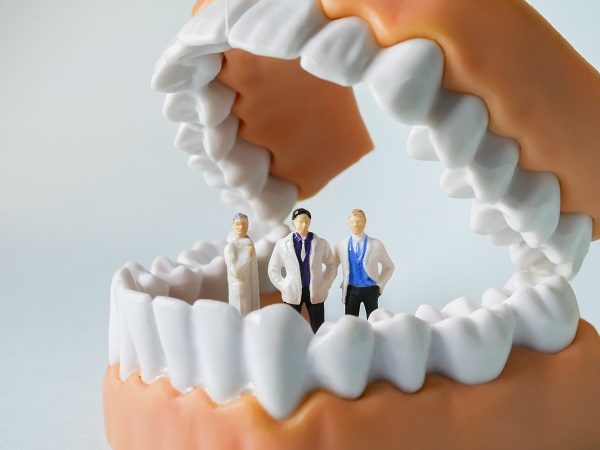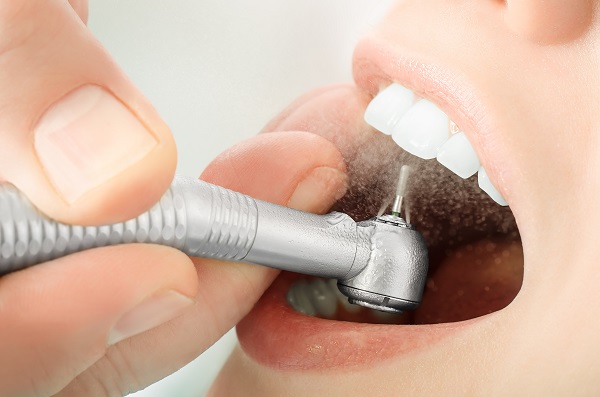Why You Need a Dental Check-Up
A dental check-up goes a long way when it comes to keeping your teeth healthy. It consists of a visual examination looking for developing dental and health issues, plus preventative treatments like teeth cleanings. Dentists recommend coming in for a dental check-up two times a year, and people who follow their advice rarely find themselves dealing with serious dental issues. Conversely, people who seldom visit the dentist unless something is wrong often go from one major dental problem to another.
The benefits of a dental check-up
Dental check-ups can be broken up into two main parts: an examination and teeth cleaning. Let us take a closer look at these two aspects of a dental examination.
The examination
The examination part of a patient’s check-up typically starts with a visual examination of the patient’s teeth. The dentist will examine their teeth, gums, head, and neck, looking for signs of developing issues or abnormal growths. Tools like a probe might be used to check for gum disease, and diagnostics like x-rays can be used to look for cavities between teeth and in teeth roots.
Existing issues the patient has are often detected during the examination, and recommendations are made on how to treat them. The dentist will also discuss any aesthetic problems they notice during the examination with the patient. Depending on the severity of the patient’s issues, the dentist might perform treatments during the same visit or schedule them for a later date.
Teeth cleaning
This part of a dental exam is performed to remove tartar from teeth surfaces. Tartar builds up on teeth over time, and brushing or flossing cannot remove it. Tartar ruins the way teeth look and it promotes tooth decay and gum disease. It houses bacteria and the acids they make that damage teeth structures.
Teeth cleaning involves the dentist using a scaler to remove tartar deposits and plaque from the patient’s teeth. It is a painless procedure, so there is no need for a local anesthetic. Once the patient’s teeth have been thoroughly cleaned and flossed, the dentist will polish them with a special paste.
Other benefits of regular dental exams
Dentists also use routine appointments to educate patients about oral hygiene and how to take better care of their teeth. They can also administer preventative procedures like the application of dental sealants or fluoride treatments.
Cosmetic issues can also be addressed during routine visits. Dentists have many ways to go about improving the way teeth look, and many can be squeezed into the patient’s routine appointment. For example, a discolored tooth can be covered up with a composite resin during the patient’s appointment. Other cosmetic treatments like the placement of veneers might require multiple trips to the dentist.







